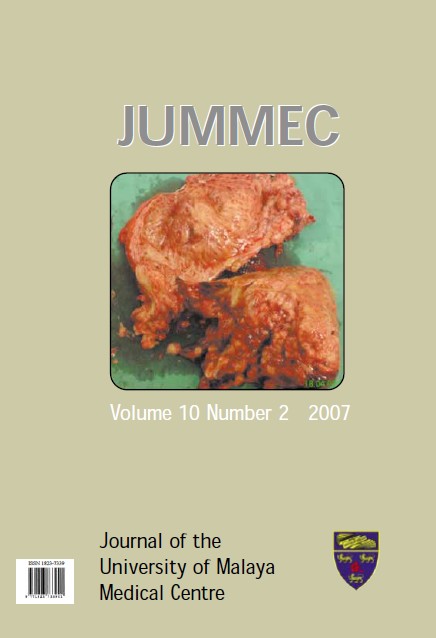THE TRANSITION FROM SAMPLE TO POPULATION EPIDEMIOLOGY
Abstract
This review is based on analysis of original research reports in one 2006 volume from each of three major epidemiology journals: The American Journal of Epidemiology, The International Journal of Epidemiology, and the European Journal of Epidemiology. A total of 149 research reports were included in the review. The pattern that emerged from the analysis was the tendency towards large epidemiological studies that utilise all available population-based data without resort to sampling. The tendency was to use data in existing data bases instead of field data collection. Developments in information technology enabled linkage between various data bases to extend the range of hypotheses
that could be tested. The transition from sample epidemiology to population epidemiology had advantages and disadvantages. The main advantage was external validity (results of the study were applicable to the population). The main disadvantage was loss of internal validity that could be achieved in small studies with higher data quality and personal familiarity of the epidemiologist with the data. It is envisioned that in the future web-based data collection will be feasible. It will also be possible to use a wider range of data routinely collected online on citizens including credit card, shopping, and other financial transactions.
Downloads
Downloads
Published
Issue
Section
License
All authors agree that the article, if editorially accepted for publication, shall be licensed under the Creative Commons Attribution License 4.0 to allow others to freely access, copy and use research provided the author is correctly attributed, unless otherwise stated. All articles are available online without charge or other barriers to access. However, anyone wishing to reproduce large quantities of an article (250+) should inform the publisher. Any opinion expressed in the articles are those of the authors and do not reflect that of the University of Malaya, 50603 Kuala Lumpur, Malaysia.


